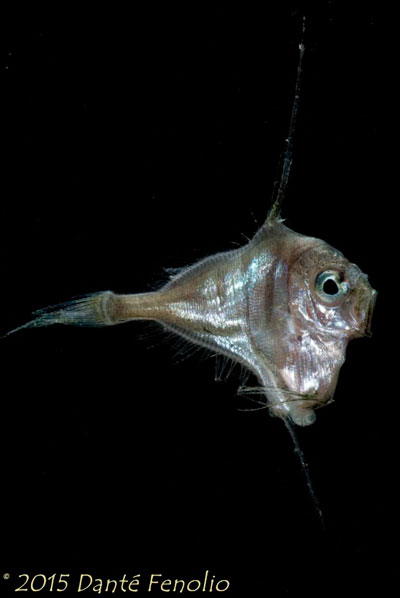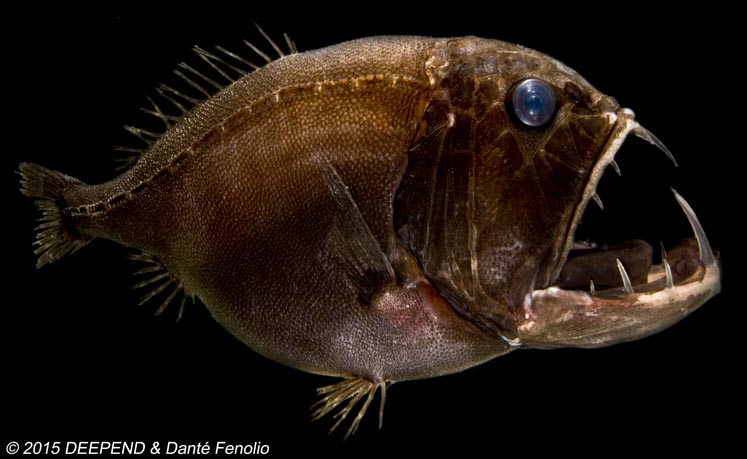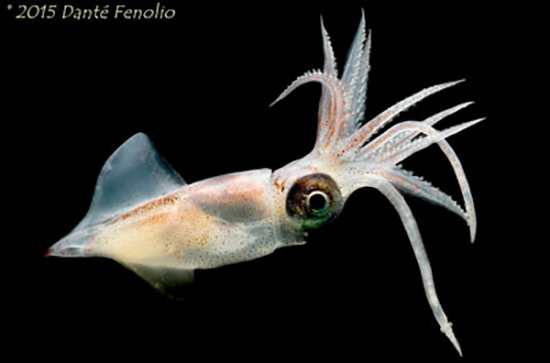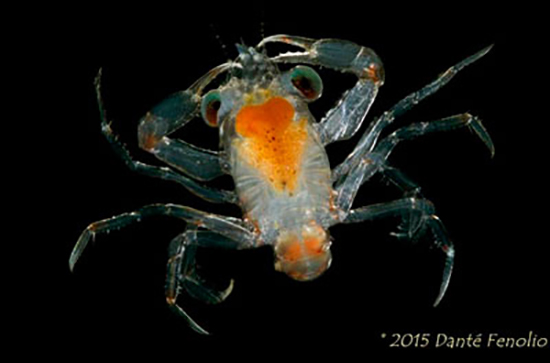Trophic connectivity of deep-sea to pelagic fauna
The deep sea is a fascinating place to study food webs because almost all animals, including those living thousands of meters below the surface, rely on primary production created in the sunlit waters of the epipelagic zone (0 – 200 m). Typically, animals inhabiting deeper depths such as the mesopelagic (200 – 1000 m) and bathypelagic (1000 – 4000 m), gain access to surface primary production by either migrating vertically to the epipelagic at dusk to feed and then migrating back down to deeper depths at sunrise or by remaining within the meso- and bathypelagic throughout the day and feeding on vertically migrating prey. Thus, in the open ocean, vertically migrating species, which include crustaceans, cephalopods and fishes, represent important energetic links between animal communities inhabiting the epi-, meso- and bathypelagic by actively transporting nutrients out of the epipelagic and by serving as prey items for the many non-migratory animals throughout the water column.
Evaluating vertical trophic connectivity will allow researchers to examine the species that may serve as “vectors” between functional groups or to commercially valuable fisheries stocks. In addition, baseline stable isotope values of important model species can then be integrated with quantitative survey data in order to assign putative values of importance to the overall food web in the Gulf of Mexico ecosystem. Stomach content and stable isotope analyses will be focused on several key “model species” in order to provide information on the trophic connectivity of the ecosystem. Key model species will include both vertically migratory and non-migratory fish and invertebrate species with multiple feeding strategies including planktivores, zooplanktivores, gelativores, and piscivores. Information gained will improve our understanding of the vertical connectivity for migrating and non-migrating species throughout discrete depth zones (epi-, meso-, bathypelagic). Incorporation of this feeding component into the broader scope will enable researchers to draw connections among different trophic groups and provide data for ecosystem-based impact models.
To learn more about this project and the research of our collaborators:
http://deependconsortium.org/



